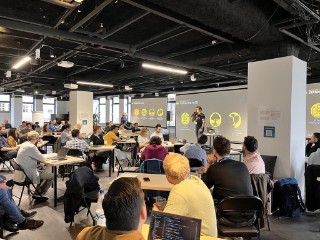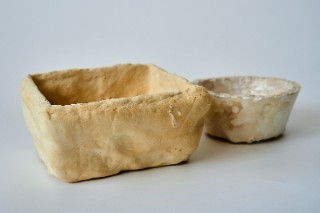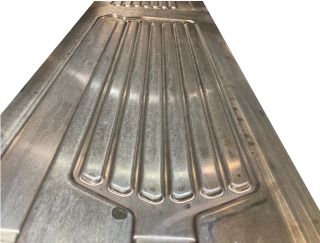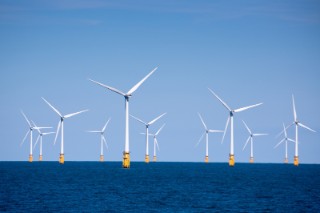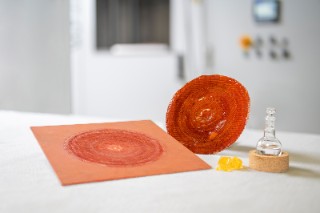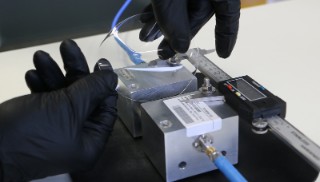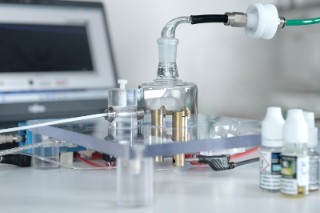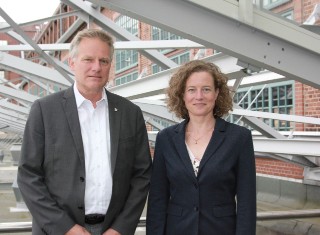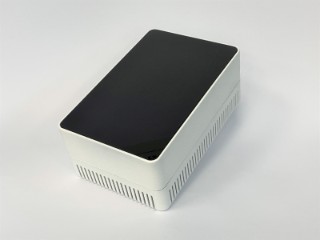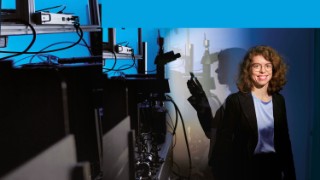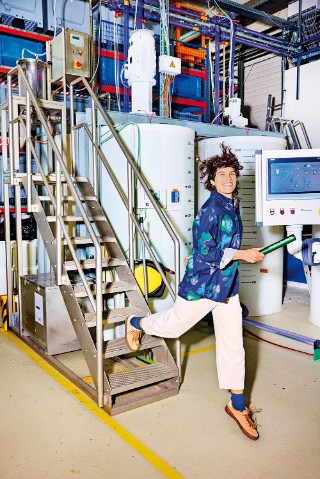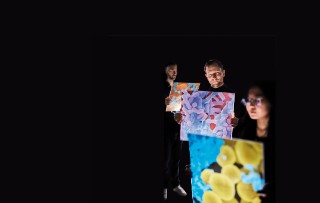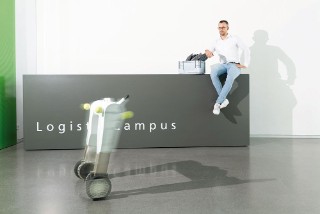Electronic cigarettes, or vapes, are commonly viewed as less harmful to people’s health than tobacco cigarettes. And yet, they are not without health drawbacks. For many ingredients, it is unknown how they will behave when heated. Since the temperatures inside e-cigarettes vary widely, different products can be released during thermal decomposition. This makes it more difficult to gauge the potential risks of these tobacco alternatives. Until now, there has been no testing system that could be used to test the ingredients used across the entire relevant temperature range. Now, with EVape, the Fraunhofer Institute for Toxicology and Experimental Medicine ITEM has developed a prototype device for controlled vaporization of e-liquids in a broad temperature range. The emissions released during the process can then be analyzed and subjected to a toxicological assessment. The findings are generally valid, regardless of which e-cigarette the liquid is used in.
more info
